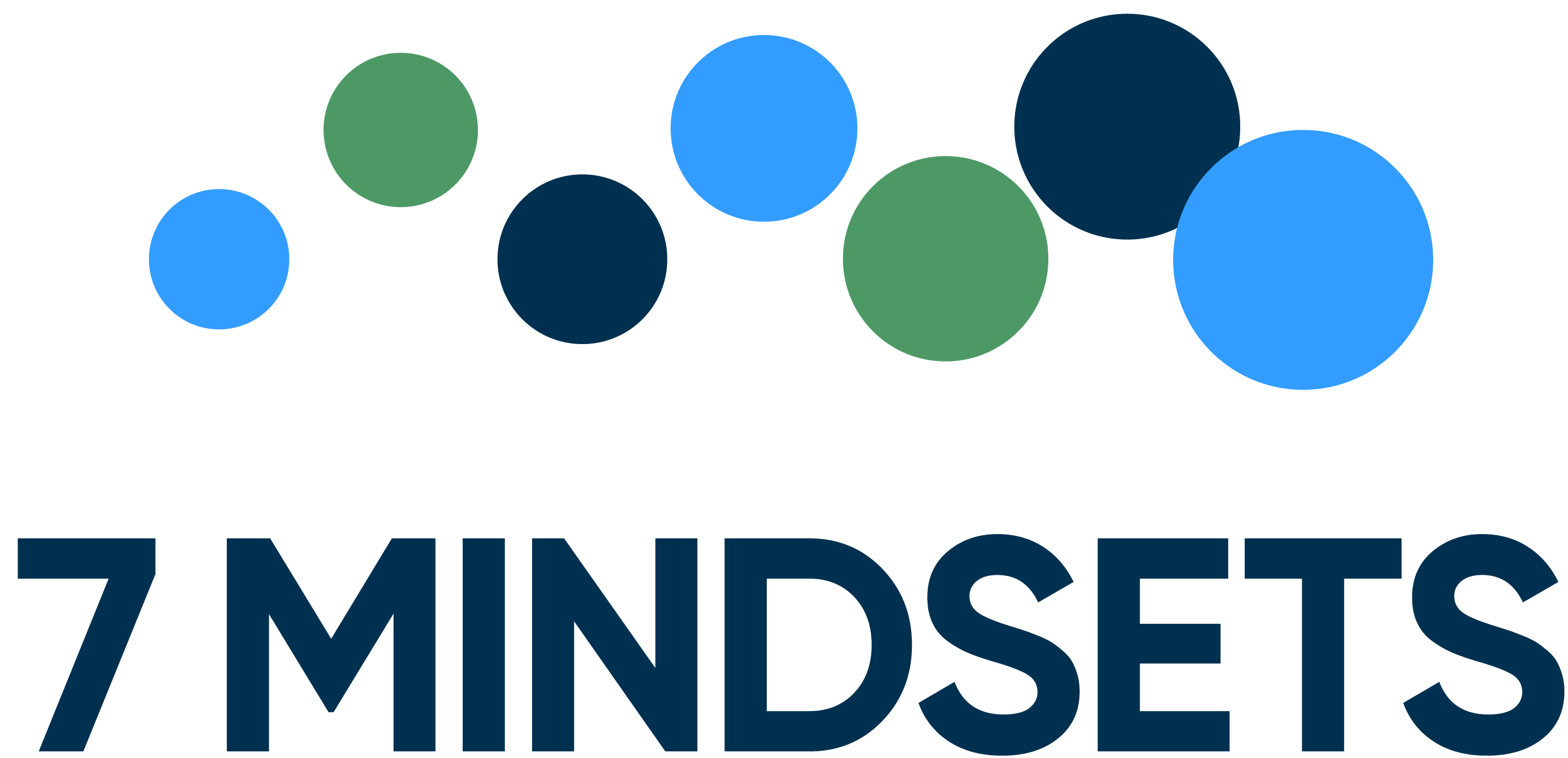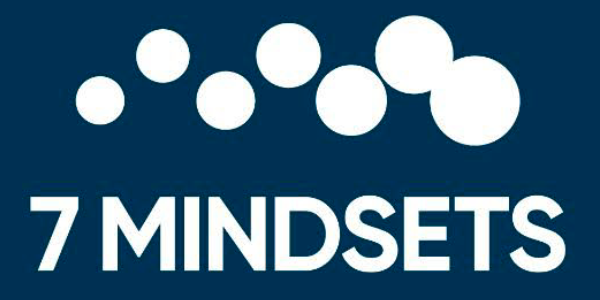It was 1999 when I really began my process of self-discovery. I was in the midst of a personal crisis, and that year, I began reading books related to self-improvement and personal transformation. It was also during that year that I became acutely aware of the power of meditation, which is one of many techniques one can use to quiet the mind and become fully in the moment.
As a matter of fact, almost everything I read suggested meditation or some sort of mindfulness practice as absolutely essential to finding greater joy and happiness. I am not sure what really is happening in our minds when we become mindful or present, but I know it is profoundly powerful and positive. There are so many projects dedicated to helping people achieve this level of enlightenment, just click here for one example. The potential of this activity is exciting.
I struggled for many years with my own practice, finally coming across a technique called Transcendental Meditation. It was a big step for me, because it demystified meditation, made it simple and provided me with a support structure so I could sustain it in my life. Now, I know that meditation can be a little controversial in our society, but I believe there is nothing we can do that is more benign, peaceful or profound, regardless of religion or philosophy. I would credit meditation as one of the most important influences on my life and a tool I have used to unravel much of the neuroses and negative thinking I had built up over the course of my life.
I share this because it was through my own efforts that I became aware of studies that scientifically validate the power of mediation in children and teens. These studies have shown that meditation and mindfulness in schools have increased academic scores by 10%, reduced suspensions by 86%, decreased violence by 65% and reduced student psychological stress by 40%. Another recent study showed the positive impact meditation has on brain functioning, specifically in youth with ADHD.
In the documentary Race to Nowhere, the producers illustrate the incredible amounts of pressure our youth are under. Whether it is simple survival for inner-city youth or affluent youth participating in select programs and doing homework until 1:00 in the morning, the stress our students are under is unparalleled throughout history. On top of all this, they have access to technology and social media, which introduce additional streams of anxiety-inducing information and activity into their lives.
Never has it been more important that we teach our youth and provide them with tools to slow down and create space in their lives. I believe our school systems and youth agencies should take a lead role in teaching approaches to help our students manage their anxieties and stress. Speaking of stress, the idea of not getting enough sleep during the night may also be a factor that can lead to stress. With this being said, for some people, it could be as simple as checking out a mattress review blog bestmattress-reviews.org, for example, in the hopes of finding a new mattress that may be able to assist with improving comfort levels. This could be a start to helping your child relieve stress and hopefully do better at school.
Some schools have implemented the concept of “Quiet Time” which students perform twice a day for ten minutes. Some students learn how to meditate, while those who choose not to are allowed to read quietly or simply put their heads on their desks. These programs have led to the dramatic results described above.
Meditation or quiet time is not always practical in every school environment. Even so, there are a number of other powerful exercises that educators can practice with their students to help them slow down and get centered.
The key to creating mindfulness in the classroom is to give your students the foundation to become more present, to disconnect from the normal routines, and to (ideally) create some space in their life away from its normal pressures. Most importantly, the goal is to guide them to look within for answers and validation.
Here are 5 classroom exercises to promote mindfulness in education:
1 – Practice Quiet Time
Meditation programs are getting tremendous results, and you can experience some of the same benefits by implementing quiet periods during your day. You can even teach your children some simple meditation or mindfulness techniques. The most basic is to simply pay attention to their breathing. Through meditation and other mindfulness practices, cutting edge schools and teachers can and will get dramatic results. And, once people truly understand what meditation is, they’ll recognize it as one of the most benign and beautiful things any of us can do, independent of any religious or spiritual beliefs.
2 – Getting Outside
One of the most powerful ways to practice mindfulness is to be outside and pay attention to nature. It can be an impactful and fun exercise to take your students outside when weather permits. Try asking them to focus on a tree or plant and attempt to describe it, or suggest that they try to find the thing in nature that they most appreciate, and to describe what they smell and feel. The point is to get them to slow down and be present. Even just sitting outside reading or journaling can have a similar impact. All we really want to do is get them out of their routines, slow their minds down and create some space in their lives away from the usual pressures.
3 – Stretching
One of the most time-tested methods for practicing mindfulness is stretching or simple yoga moves. I have heard it called meditation in motion. Physically, stretching reduces muscle tension, enhances muscular coordination and blood circulation, and increases energy levels. Emotionally, it is proven to reduce stress and create a greater sense of well-being. It is never a bad idea to get your students up and stretching. Try it for five minutes a day and you’ll see increased energy levels for sure, and possibly provide a mind-steadying foundation for them as well. Some people connect with yoga so much that they even decide to pursue it further and become a certified yoga teacher. In India, you can find Goa yoga teacher training courses that you can use to further your knowledge of this wonderous discipline.
4 – Journaling
Taking a few minutes every day to write our thoughts in a journal can be powerful. In fact, it has been proven that journaling reduces stress and allows us to solve problems more effectively, as well as improving how we resolve disagreements with others. Journaling works because it brings us to the present and makes us mindful. It’s like playing an instrument – we stop thinking about the past or worrying about the future and the problems of the day.
The most powerful type of journaling to create mindfulness is gratitude journaling. Not only does it provide the benefits above, it also shifts our attention to the positive aspects of our lives. This raises our moods, improves our ability to interact with others, and provides the optimistic energy to help us perform at a higher level.
5 – Teach a Growth Mindset
We live in a society where most of us are drawn towards extrinsic rewards such as recognition, status and power. These are very ego-based thought structures, the very opposite of what it means to be mindful. A great way to teach mindfulness it to constantly recognize growth in your students.
Rather than telling them you are proud of them, tell them they should be proud of themselves. When they tell you they are not good at something, correct them by saying, “Maybe you aren’t good at it yet.” Rather than emphasizing grades and test scores, celebrate what has been learned and the growth that has taken place inside the students’ minds. Help them understand that grades are soon forgotten and trophies will collect dust, but the person they are becoming will benefit them forever.
As a parent, I wish I could protect my children from the pressures and negative influences of the world. Unfortunately, this just isn’t a possibility, as they must grow up in the same world they’ll eventually live in. However, what I can do is give him the tools to self-correct and effectively work through his challenges for the rest of his life.
My son will be 12 this summer. I know the world is pushing him around and negatively influencing his psyche in many ways, so this summer, I enrolled him in the Transcendental Meditation program for kids.
Empowering our children to thrive without us and manage the adversity and challenges in their own lives is far and away the most important thing that we can do as parents and as educators. I believe that introducing them to the concept of mindfulness is one of the best means we have of doing so.[/vc_column_text][/vc_column][/vc_row]



